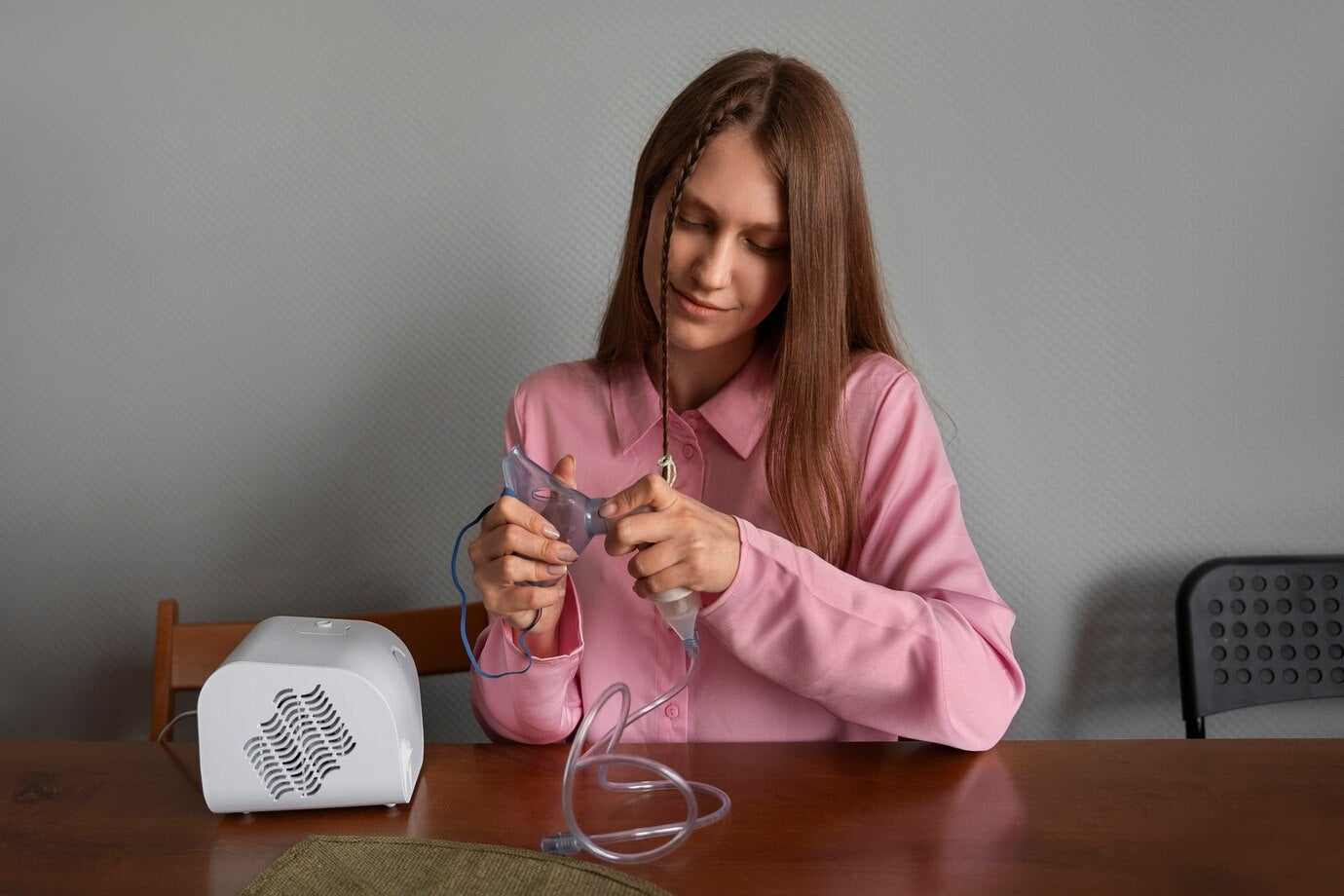Startseite
Pregnancy, Breastfeeding, and Pumping: The Ultimate Guide for Moms
Does Insurance Cover Breast Pump: Everything You Need to Know

Does Insurance Cover Breast Pump: Everything You Need to Know
For new and expecting mothers, a breast pump can be an essential tool in ensuring their baby receives the best nutrition possible. But with the cost of these devices often running high, many wonder: does insurance cover breast pump expenses? The answer is yes, in most cases, but understanding the specifics can save you time, money, and stress. This article dives into the details of insurance coverage for breast pumps, helping you navigate the process with confidence.
Understanding Insurance Coverage for Breast Pumps
Under the Affordable Care Act (ACA), most health insurance plans are required to cover breastfeeding support, supplies, and equipment, including breast pumps. This mandate applies to both private insurance plans and Medicaid. However, the extent of coverage can vary depending on your specific plan and provider. Some plans may cover the full cost of a breast pump, while others may require a copay or limit the types of pumps available.
Types of Breast Pumps Covered by Insurance
Insurance plans typically cover two main types of breast pumps: manual and electric. Manual pumps are less expensive and require physical effort to operate, making them a less popular choice for many mothers. Electric pumps, on the other hand, are more efficient and convenient, especially for mothers who need to pump frequently or return to work. Some plans may also cover hospital-grade pumps, which are more powerful and often recommended for mothers with specific medical needs.
How to Determine Your Coverage
To find out if your insurance covers a breast pump, start by reviewing your policy documents or contacting your insurance provider directly. Ask about the types of pumps covered, any associated costs, and whether you need a prescription from your healthcare provider. Some plans may require you to purchase the pump from a specific supplier or retailer, so it’s important to clarify these details upfront.
Steps to Get a Breast Pump Through Insurance
Once you’ve confirmed your coverage, follow these steps to obtain a breast pump through your insurance:
- Consult your healthcare provider to determine the type of pump that best suits your needs.
- Obtain a prescription if required by your insurance plan.
- Contact your insurance provider to identify approved suppliers or retailers.
- Place your order with the supplier, providing any necessary documentation.
- Wait for your pump to be delivered or pick it up as instructed.
Common Challenges and How to Overcome Them
While the process of obtaining a breast pump through insurance is generally straightforward, some challenges may arise. For example, your plan may limit the timing of when you can receive the pump, often requiring you to wait until after your baby is born. Additionally, some plans may not cover accessories like milk storage bags or replacement parts. To overcome these hurdles, communicate clearly with your insurance provider and explore alternative options if necessary.
Why Insurance Coverage for Breast Pumps Matters
Breastfeeding has numerous benefits for both mothers and babies, including improved immunity, bonding, and long-term health outcomes. By covering the cost of breast pumps, insurance providers help make breastfeeding more accessible and convenient for mothers, especially those who need to return to work or manage other responsibilities. This support not only promotes healthier families but also reduces the financial burden on new parents.
Navigating insurance coverage for a breast pump doesn’t have to be overwhelming. With the right information and preparation, you can secure the equipment you need to support your breastfeeding journey. Take the first step today by reaching out to your insurance provider and exploring your options. Your baby’s health—and your peace of mind—are worth it.
Teilen


